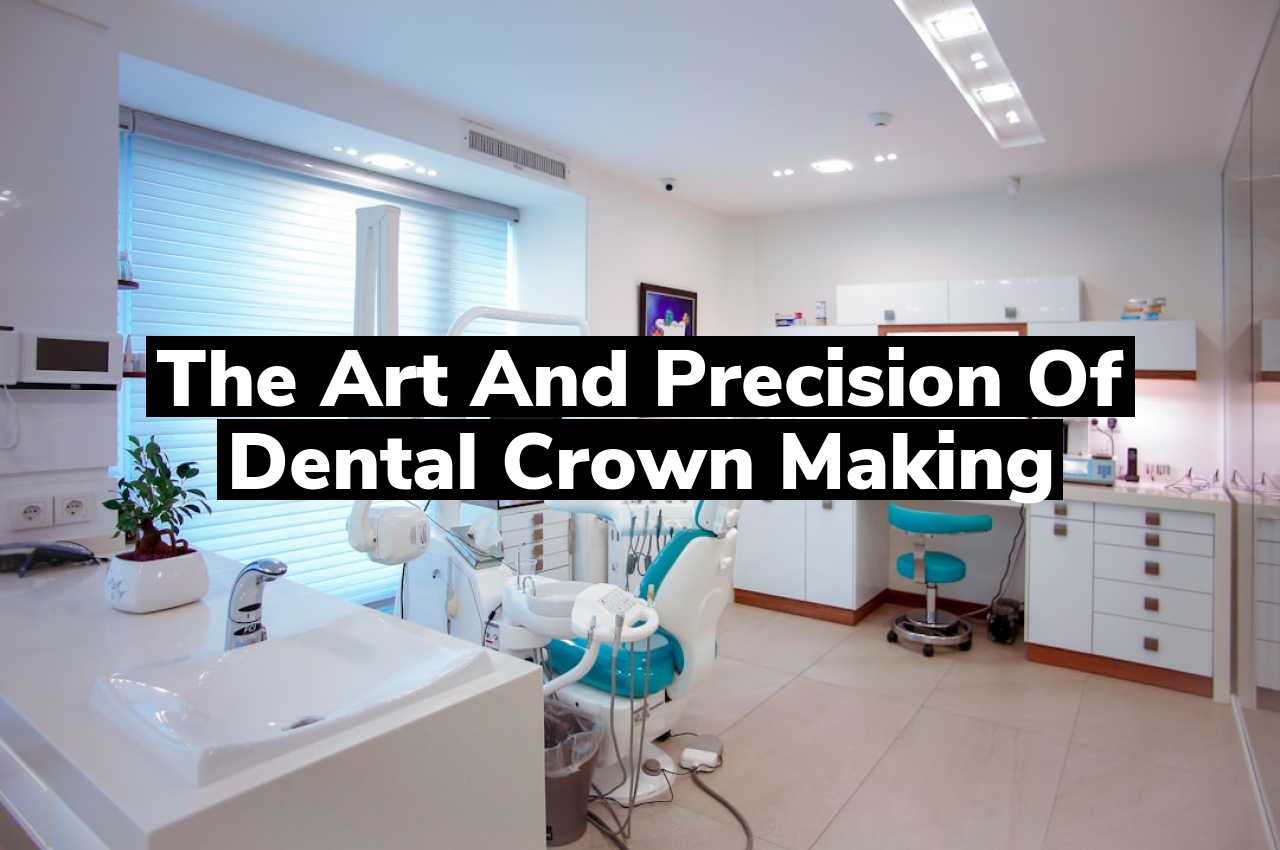Have you ever wondered what goes into the art and precision of dental crown making? This intricate process combines artistic skill with precise technical knowledge to create crowns that perfectly match the form and function of natural teeth. Each step, from selecting materials to the final fitting, is crucial in ensuring the crown is both aesthetically pleasing and durable.
History of Dental Crown Techniques
The evolution of dental crown techniques is a fascinating journey through the history of dentistry. Initially, materials like gold, ivory, and even animal teeth were used for crowns. Over time, advancements in dental science introduced porcelain and metal alloys, significantly enhancing the durability and aesthetic appeal of dental crowns. This progression not only improved the functionality of crowns but also made them more accessible to a broader range of patients.
In recent years, the field has seen remarkable technological developments that have further refined the precision and efficiency of crown fabrication. One notable advancement is detailed in Innovative Approaches to Dental Crown Creation, which explores how modern technology integrates with traditional techniques to produce superior results. These innovations continue to shape the landscape of dental crown making, promising even more effective solutions in the years to come.
Materials Used in Dental Crowns
Dental crowns are fabricated from various materials, each selected for its unique properties and suitability depending on the specific needs of the patient. Commonly used materials include porcelain, which is favored for its ability to blend with the natural color of teeth, and ceramic, known for its strength and durability. Metals such as gold, palladium, and nickel can also be used, especially in crowns designed for the back teeth where intense biting forces are common.
Another popular material is zirconia, renowned for its toughness and longevity, making it an excellent choice for dental crowns. Some crowns combine materials, like porcelain fused to metal, balancing aesthetic qualities with strength. Each material offers distinct advantages and serves to restore the functionality and appearance of damaged or decayed teeth effectively. For those interested in exploring options for dental restoration, Quality Dental Crowns Available in Frederick might provide further insights into these materials and their applications.
Steps in Crafting Dental Crowns
The process of crafting dental crowns involves several meticulous steps to ensure each crown is tailored to meet the specific needs of the patient’s tooth. Initially, a dentist prepares the tooth, which may include reshaping it to securely fit the crown. Following this, an impression of the tooth is taken, typically using a digital scanner or a mold, to capture the exact dimensions and alignment within the mouth. This impression serves as a guide for creating the crown, which is usually fabricated from materials such as porcelain, ceramic, or metal alloys in a dental laboratory. Once the crown is made, it is carefully adjusted to ensure a perfect fit and comfortable bite before being permanently cemented onto the patient’s tooth, completing the restoration.
Importance of Precision in Fit
The precision of fit in dental crown making is crucial for ensuring that the crown functions effectively and comfortably within the mouth. A well-fitted crown must align perfectly with surrounding teeth and the bite pattern, which helps in maintaining overall oral health and functionality. The meticulous process of crafting a dental crown that meets these precise fit requirements highlights the intersection of art and science in dental care. For those interested in exploring more about dental health services, consider visiting Lee Family Dentistry, your local Frederick Dentist.
Evolution of Dental Crown Technology
The journey of dental crown technology has been marked by significant advancements over the years, transforming from the use of rudimentary materials and techniques to the incorporation of cutting-edge technologies. Historically, dental crowns were crafted from materials like gold or other metals, which were favored for their durability. However, as technology progressed, the introduction of porcelain and ceramics offered not only strength but also the aesthetic advantage of resembling natural tooth enamel. The integration of digital imaging and computer-aided design (CAD) in recent years has further refined the precision with which dental crowns are made, allowing for enhancements in fit, comfort, and overall appearance. This evolution reflects a broader trend towards improving patient outcomes and satisfaction in dental treatments.
Conclusion
For further inquiries, feel free to call us at 301-662-0300 or read our reviews on Google Maps.

